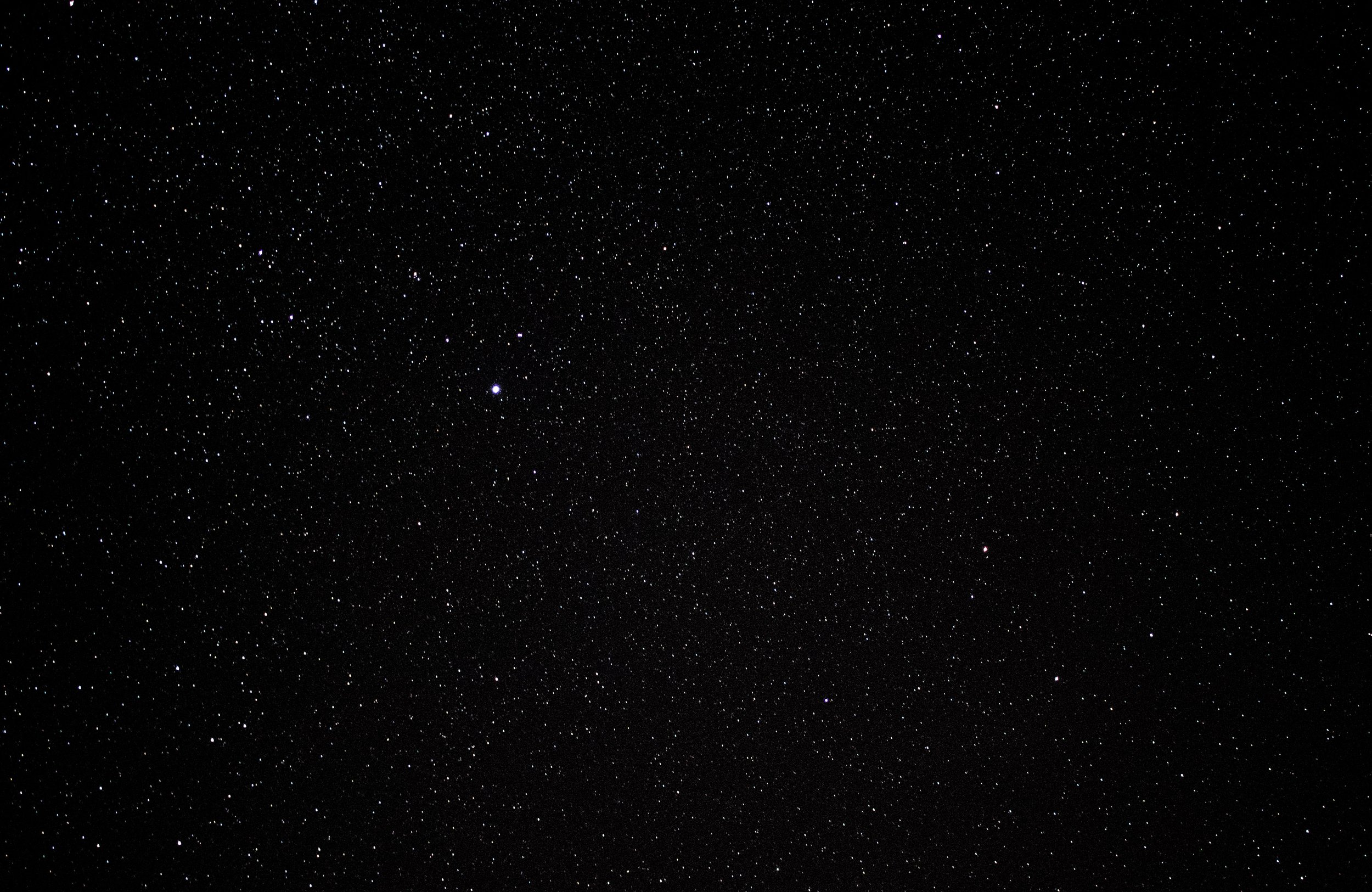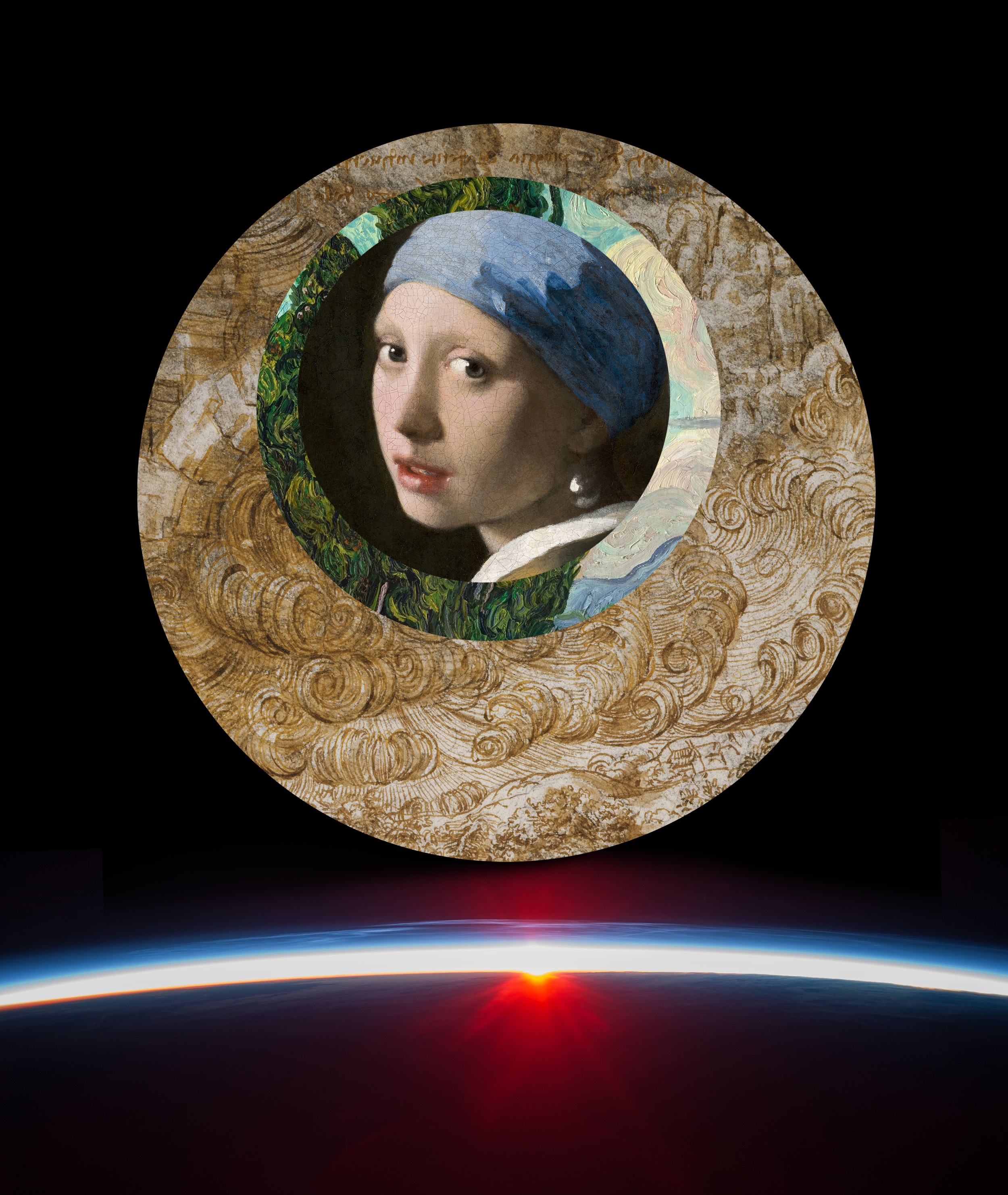
“the distinction between past, present and future is only a stubbornly persistent illusion.”
-Albert Einstein
Drawn from concept articulated by Timothy Morton, this series of work is made up of sculptures that create ‘Hyperobjects’— objects that survive an understanding of the interconnectedness of all phenomena—they are massive in scale like climate change, so much so that they evade our understanding of an object. For climate change is made up of countless interactions between physical systems. out of images, layers of images from across art history. They are objects made up of time, as preserved in images made from across a span of western art history. Just as the light from a star undergoes eons to reach us, embodying markers of remote moments in time, these collages combine images whose origins represent a particular place in space and time. The juxtapositions that arise from these arrangements of objects form hyperobject-esque enigmas that question the relationships between remote islands of time represented by the cacophony of art history.
In this series, I explore the relationships between images from an array of different points in western art history, unifying a multitude of visions into a single enigmatic landscape. This approach was inspired by relativity, in which Einstein showed that time is not static but anamorphic. He interpreted the mathematics as showing that every time that has occurred exists in an ever expanding block, all at once. The resulting collages point to this strange image of history being indivisible. They ask the question: what are the imagistic implications of this mathematical story of relativity?
A fascination for me in much of this work was modernity/modernism. The work juxtaposes different points on the upward curve toward modernity. I utilize circles repeatedly as a symbol of unity, like the atom or earth. The work is also modeled on the proportions of medieval and renaissance altarpieces, acting as postmodern devotional objects. Instead of facilitating the viewer’s gaze towards divinity, the viewer is confronted with enigmas of time.
Mondrian hangs above Leonardo’s unfinished Adoration of the Magi like a trinitarian abstraction or a prophecy of representational reductionism. Over an industrialized landscape, a tunnel of representations of nature appear that ends at the first atomic detonation in Nevada (as portrayed by David Lynch in Twin Peaks The Return); and endpoint of both man’s mastery over nature and destruction by it.
Medium “Sea of Fog” Canvas Print
$60
Small “Trinity” Canvas Print
$35














